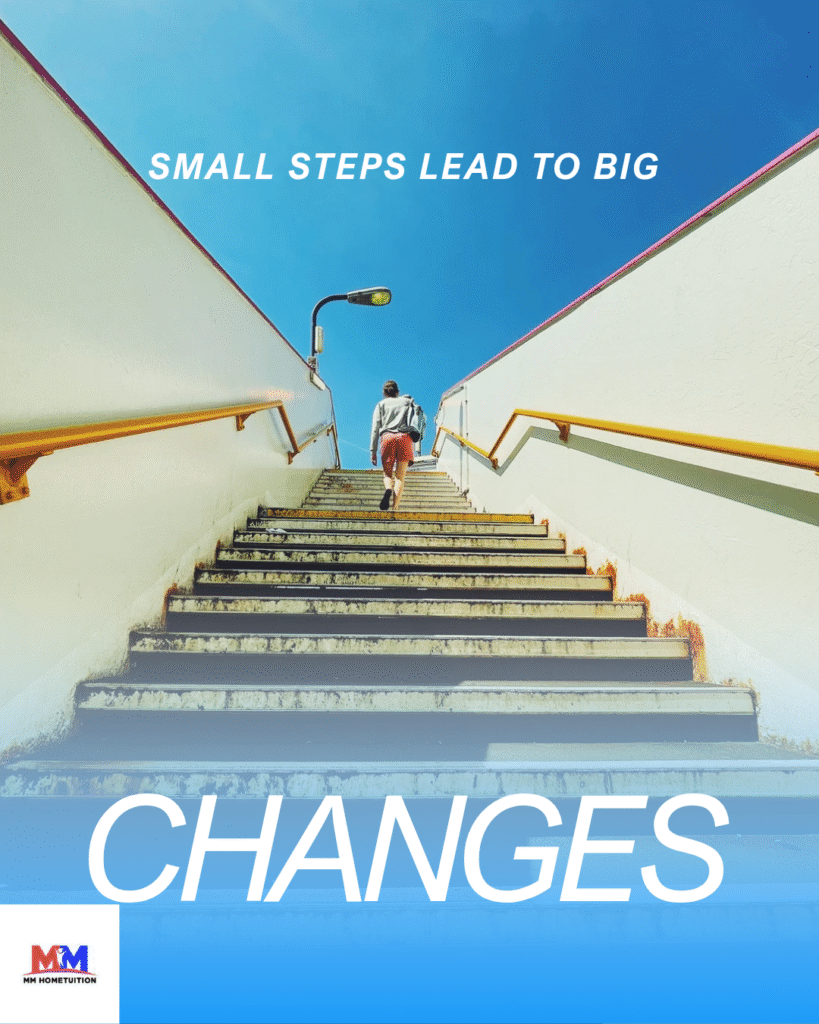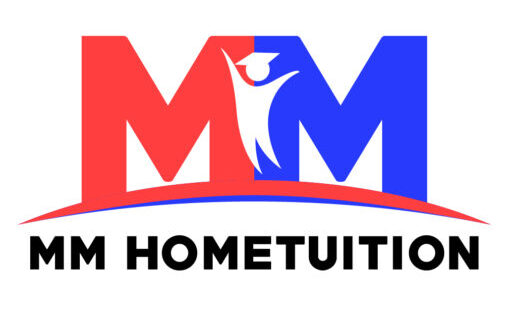
Here’s an article exploring the kinds of difficulties students face in learning Physics and Mathematics , why they arise, and what might help overcome them. If you like, I can also add interviews or data specific to certain schools in the city.
Facing Difficulties in Physics and Maths in Bhubaneswar: Challenges & Solutions
Bhubaneswar, the capital city of Odisha, has many strengths in education—good schools, motivated students, increasing digital access—but it also shares many of the common challenges India faces when it comes to mastering Physics and Mathematics. Below we discuss what some of those challenges are, how they manifest locally, and possible strategies for improvement.
Key Challenges
- Shortage of Trained Teachers, Especially in Science & Maths
- Government schools in Bhubaneswar are often short of sufficient teachers. A survey of 135 government schools found that nearly 49.6% of schools in slum clusters are understaffed relative to RTE norms.
- More specifically, there is a shortage of science teachers in many schools.
- Even when teachers are available, training (in subject knowledge, pedagogical skill, handling of difficult topics) may be weak or inconsistent. Students may encounter teachers who are strong in theory but less comfortable with problem-solving or experiential learning.
- Weak Conceptual Foundation, Especially in Mathematics
- Many students struggle with the mathematical skills required for Physics: algebra, trigonometry, graphs, calculus. If these are shaky, Physics becomes very difficult. This is not just anecdotal; research shows that poor mathematical skills are among the major obstacles in mastering physics problem-solving.
- Sometimes, early curricula do not emphasize understanding, but rather rote procedures. Without conceptual clarity, later topics seem abstract and unconnected.
- Large Class Sizes & Variability in Students’ Backgrounds
- In many government or semi-government schools, the student–teacher ratio is high. This means less one-on-one attention. Some students may already have gaps (due to their earlier education), while others are ahead. It’s hard for teachers to tailor instruction accordingly.
- Limited Laboratory Facilities & Practical Exposure
- Physics often requires experiments, demonstrations, hands-on work to really understand phenomena (e.g. electricity, magnetism, mechanics). Students in many schools may have limited access to well-equipped labs or demonstrations. This makes some concepts abstract.
- Emphasis on Examinations and Rote Learning
- The pressure of board exams, competitive exams (JEE, etc.) often pushes both students and teachers toward covering many topics quickly rather than spending time to deepen conceptual understanding.
- This can lead to situations where students can “solve standard problems” but struggle with novel questions, or fail to relate mathematics to physics intuitively.
- Lack of Personalized Support and Follow-up
- Students who fall behind often find it hard to catch up because remedial support is limited. Home tutoring or coaching is available, but not all can afford or access good tutors.
- Also, continuous follow-up, doubt-clearing, and reinforcement are necessary but not always built into school systems.
- Attitudinal and Motivation Barriers
- Physics and Maths are often seen as difficult or intimidating. Students who struggle in earlier classes may lose confidence.
- If early failures are not addressed well, the attitude becomes “I’m just bad at this subject,” which becomes a self-fulfilling prophecy.
Local Manifestations in Bhubaneswar
While some of the above are general across India, in Bhubaneswar these are notable:
- Government schools, especially in areas with fewer resources, are particularly affected by teacher shortages.
- There are many private tutors and coaching institutes, showing demand and the perceived need. For example, Bhubaneswar has many physics tutors (for various classes) listed via platforms like Superprof.
- The cost and quality of private tuition varies. Some students get excellent support; others may end up with tutors who don’t fully address conceptual difficulties.
- Initiatives like mobile science vans (from the Regional Science Centre) aim to bring interactive science learning to more remote or under-resourced areas.
Possible Solutions & What Helps
To address these problems, a multifaceted approach is needed. Here are strategies that seem promising:
- Strengthening Teacher Recruitment and Training
- Fill vacancies for science & maths teachers, especially in government schools, with qualified candidates.
- Provide ongoing professional development: training in delving into conceptual foundations, modern pedagogy, lab-based teaching, using interactive & ICT tools.
- Early Foundation in Maths
- Ensure that concepts in lower classes (classes 6–10) are taught in depth, with ample emphasis on understanding, not just memorization.
- Use visual, practical tools — graphs, geometry, algebra puzzles, interactive tools — to build intuition.
- Better Laboratory Facilities & Hands-on Learning
- Upgrade labs in schools. Encourage demonstration experiments, model-making, science kits.
- Use mobile science vans or outreach programs to reach students who lack such facilities. Bhubaneswar already has some of these.
- Smaller Class Sizes / Remedial Sessions
- Where possible, reduce teacher–student ratio, especially for difficult subjects or classes preparing for board/competitive exams.
- Arrange remedial / bridge classes for students who lag behind to bring them up to speed.
- Curriculum & Assessment Reform
- Shift towards assessments that test understanding, reasoning, and problem-solving, not just memorization.
- Include project-based learning, lab assignments, and open-ended questions.
- Use of Technology & Tutors
- Encourage online resources, video lectures, interactive simulations. These can help when in-person instruction is weak or when students need extra practice.
- Private tutors can fill gaps; platforms with tutor matching (as exist in Bhubaneswar) are helpful. But quality control matters.
- Motivation & Psychological Support
- Build confidence via incremental successes—start with easier problems, ensure students understand basics, then gradually increase difficulty.
- Peer learning, group problem-solving helps. Also mentorship—students seeing others like them succeed—makes a difference.
- Parental & Community Support
- Parents understanding that what matters is not just exam scores but concept building helps. Support at home (encouragement, space/time for study) matters.
- Community centres or NGOs can help with extra classes or facilities.
Conclusion
Physics and Mathematics are challenging subjects—but many of the difficulties in Bhubaneswar are not unique, and many are addressable. By improving teacher availability & training, strengthening foundations early, enhancing lab work and hands-on learning, reforming assessments, and giving students support both inside and outside school, much progress is possible.

